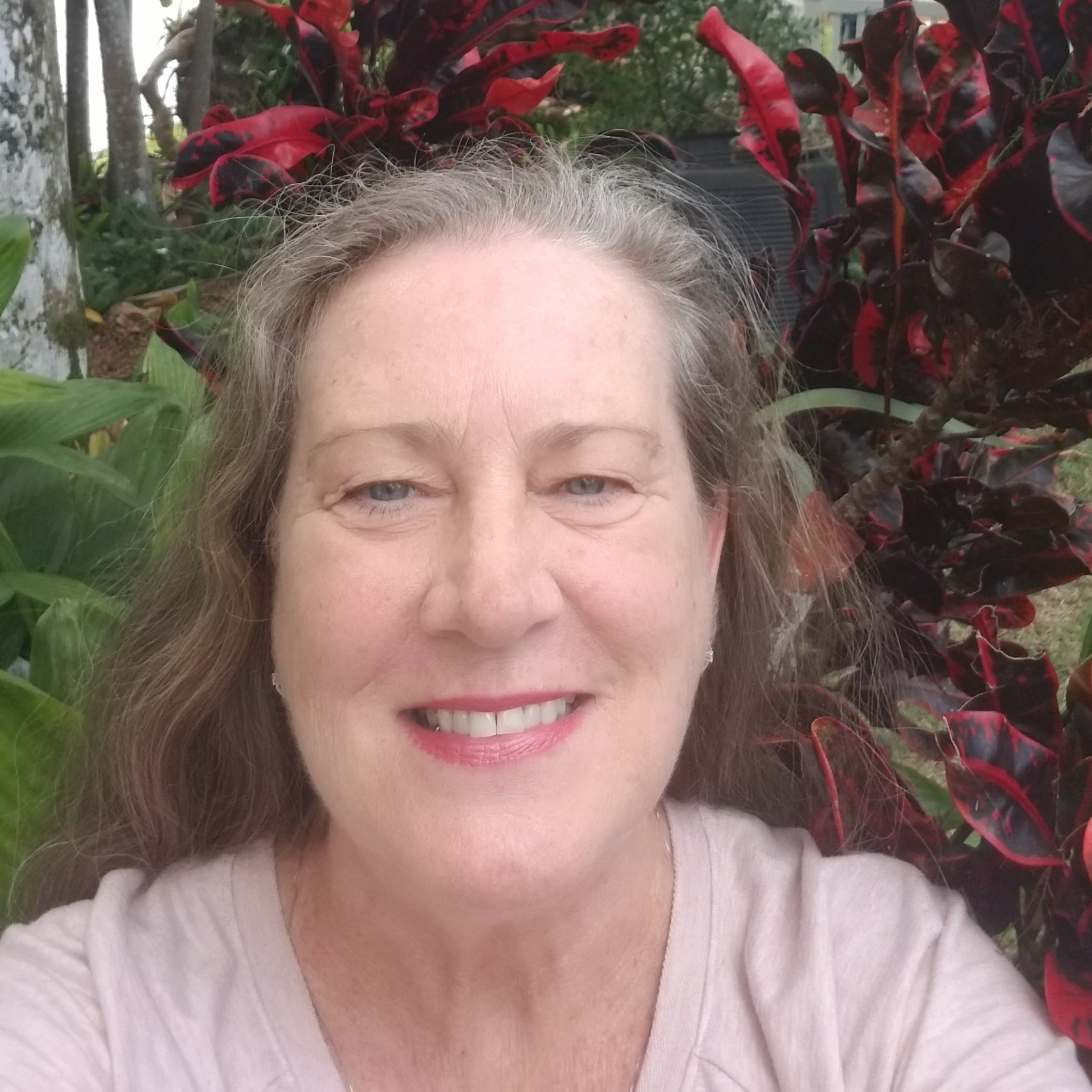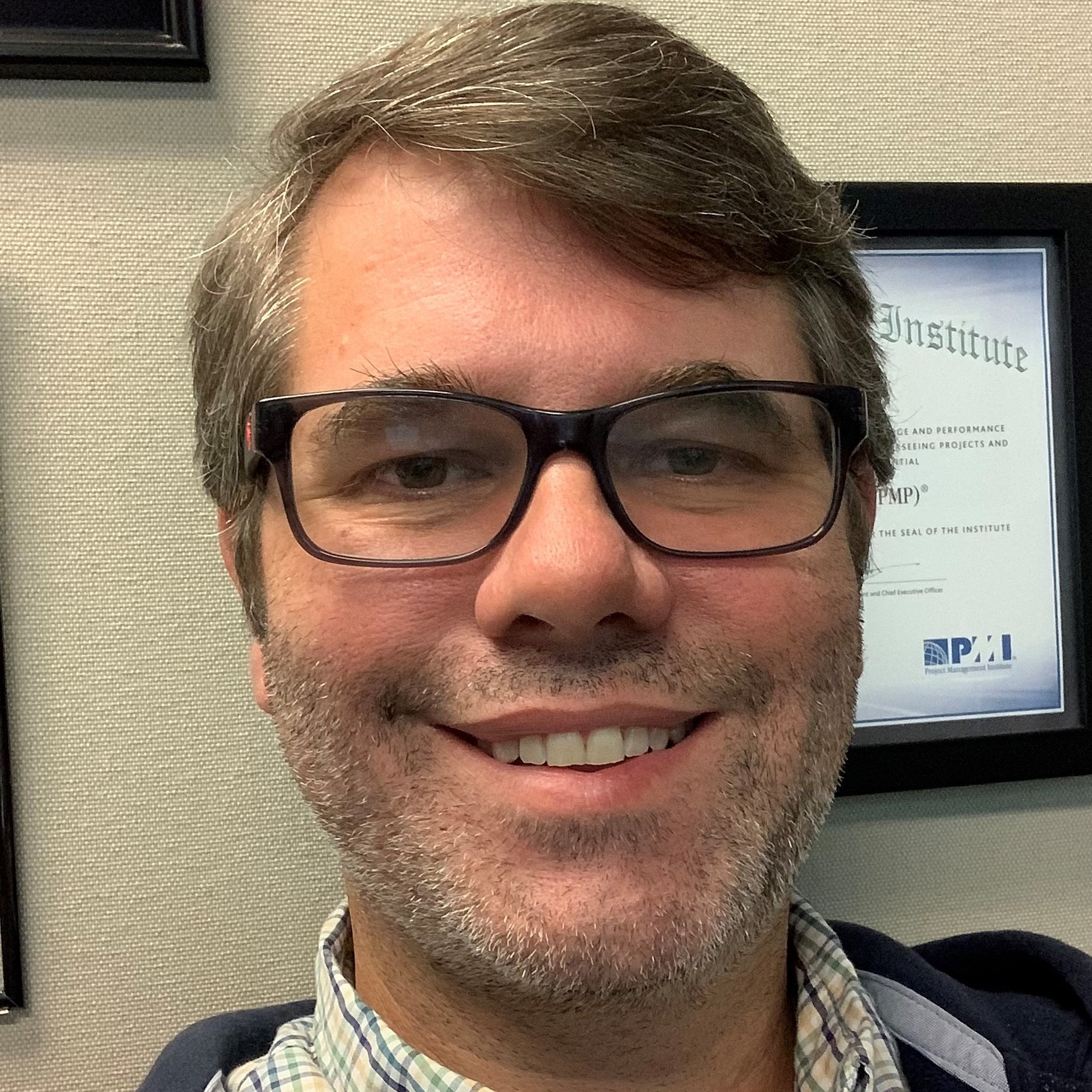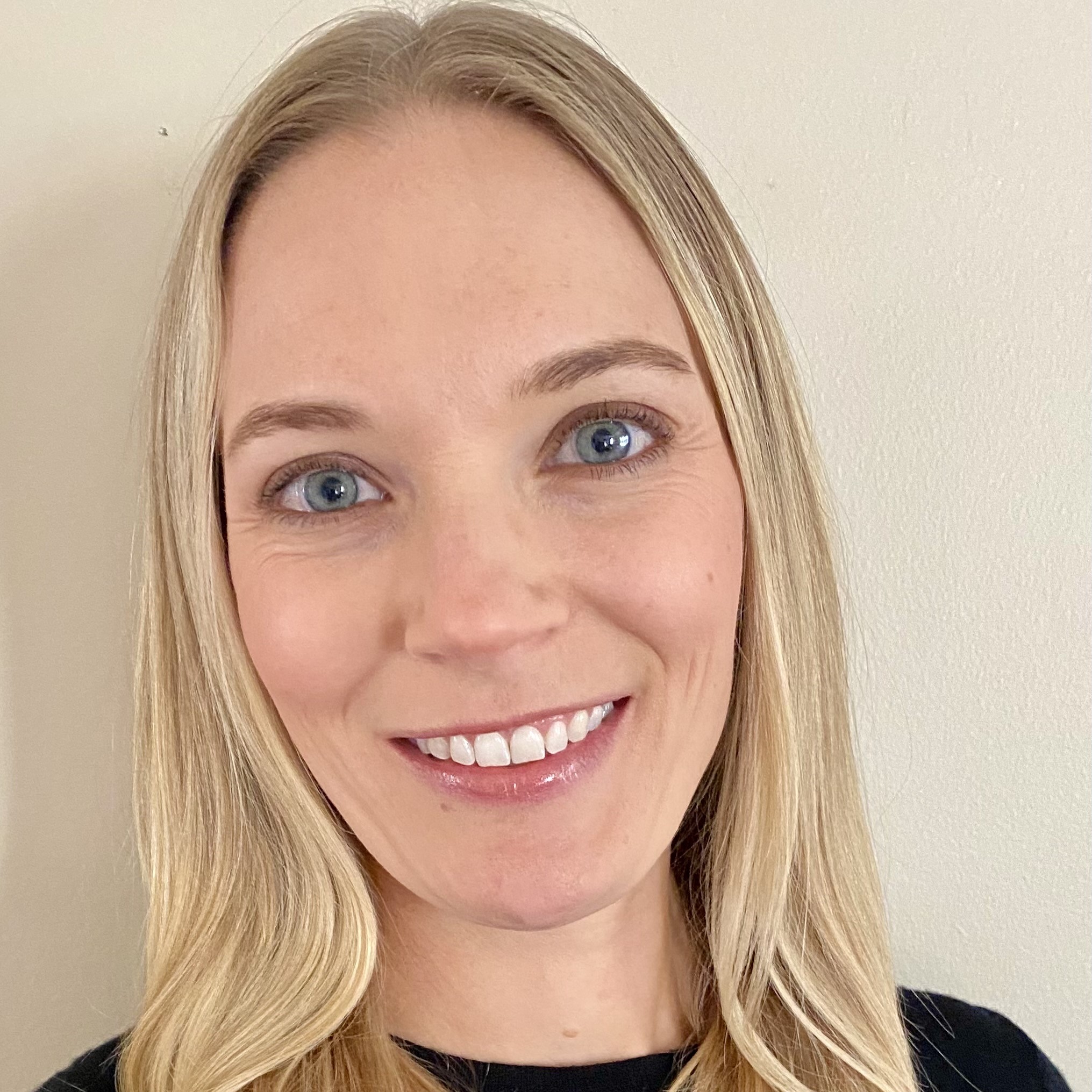|
Session D8.1
FDOT District Four: Wetland Mitigation in an Urbanized Landscape
Ann Broadwell
8:00 – 8:30 AM ET
| About the Presentation |
|
Approaches to wetland mitigation have progressed greatly, from being a roadside scrape-down area planted with wetland vegetation to a private industry. These changes to wetland mitigation have been in response to the desire to accelerate project delivery and conduct business in a fiscally responsible manner.
The Florida Department of Transportation's (FDOT) Wetland Mitigation Program is a central component of FDOT's project delivery process. Compliance with laws and goals represents a chief component of our agency's state and federal responsibilities and is also a requirement for most state and federal permits and approvals. Late identification and understanding of the need for wetland mitigation can create unnecessary project delivery delays. With over 11 million acres of wetlands in the state, the number of transportation improvement projects that require wetland mitigation has challenged FDOT to be creative in how to best provide mitigation.
The State protects wetlands by regulating development in wetland areas, acquiring wetlands and land adjacent to wetlands, and requiring local governments to produce long-range plans for wetland protection. Because FDOT is able to cost-effectively provide wetland mitigation, we are able to enhance our ability as a Department to meet both of the objectives we have as the State Transportation Agency to deliver a safe and efficient transportation system while encouraging the economic growth and quality of life of our State's communities, citizens, and visitors. This conference is an opportunity to share this information with others in the industry.
|
| About the Speaker |
|
 Ann Broadwell Ann Broadwell
FDOT District 4 Environmental Manager
Florida Department of Transportation
Ann Broadwell has spent her entire professional career with the Florida Department of Transportation (FDOT). Her current role is that of the District 4 Environmental Administrator overseeing the NEPA process for transportation improvement projects. She received her Bachelor’s and Master’s degrees in the Biological Sciences from Florida Atlantic University (Hootie Hoot, Go Owls). Her Master’s Thesis was “The Effects of Beach Renourishment on the Survival of Loggerhead Sea Turtle Hatchlings”. Working for FDOT has allowed her to work closely with Florida Wildlife Conservation Commission (FWC) to implement sea turtle-friendly coastal roadway lighting.
|
Session D8.2
EPRI/GTC Overhead Electric Transmission Line Siting Methodology
Christopher Smith, PMP
8:30 – 9:00 AM ET
| About the Presentation |
|
In 2003, Georgia Transmission Corporation (GTC) partnered with the Electric Power Research Institute (EPRI) to develop the EPRI/GTC Electric Overhead Transmission Line Siting Methodology. Our goals were to develop a methodology that was objective, quantitative, consistent, and defensible; while also creating an approach that incorporated stakeholder input and was flexible enough to produce several alternatives instead of just a computer-generated "best" route. The Methodology developed uses geographic information system (GIS) model-building techniques and algorithms to narrow down preferable areas with connectivity between the project's start and end locations.
It considers impacts to the natural environment, human environment, cultural resources, as well as, engineering constraints. The Methodology also incorporates expert judgment to determine constructible alternative routes, evaluate risk, and determine the most preferable solution for the project. Although GTC uses this Methodology to site new electric transmission corridors, it can be modified to site many other types of linear infrastructure. The Methodology has served GTC well. GTC has implemented the Methodology on numerous projects totaling approximately 500 miles of electric transmission with voltages ranging from 46 kV to 500 kV. The Methodology has aided in demonstrating to the courts, regulators, and legislators that our process is thorough and the route selections are not arbitrary.
We believe the Methodology has minimized the amount of transmission line siting legislation that has been passed in the State of Georgia over the past 18 years. This presentation will give an overview of the Methodology through a step-by-step process. GTC developed these illustrations for public meeting overviews and for expert witness testimony during project litigations.
|
| About the Speaker |
|
 Christopher Smith, PMP Christopher Smith, PMP
Manager, Environmental Services
Georgia Transmission Corporation
Christopher Smith is the manager of the Environmental Services department for Georgia Transmission Corporation. He manages a staff of 8 that leads location suitability studies for new electric transmission facilities and environmental permitting for transmission construction projects. In addition, he monitors new technology, data sources, industry trends, and regulatory changes that may affect workflow, task durations, and project success.
|
Session D8.3
Evaluation of Section 368 Energy Corridors on BLM and USFS Land
Ellen White
9:00 – 9:30 AM ET
| About the Presentation |
|
Section 368 of the Energy Policy Act of 2005 directed the Secretaries of Agriculture, Commerce, Defense, Energy, and the Interior to designate energy corridors on federal land in 11 Western States as preferred locations for the development of oil, gas, and hydrogen pipelines and electricity transmission and distribution facilities. Section 368 energy corridors were designated on Bureau of Land Management (BLM) and U.S. Forest Service (USFS) lands in 2009 through amendments to land and resource management plans.
A complaint filed in response to the designated energy corridors resulted in a Settlement Agreement, which established periodic regional reviews of the Section 368 energy corridors. The regional review required the Agencies to examine new relevant information, consider siting principles and public input, and develop recommendations for revisions, deletions, or additions to the Section 368 energy corridors. The regional review process included a robust and collaborative, multi-year review of the existing Section 368 energy corridors. The results from this effort provide a national, interagency approach to consistently modify corridors to maintain preferred pathways that facilitate energy transmission development while protecting sensitive resources.
While not a National Environmental Policy Act (NEPA) review, the regional review included innovative components to facilitate effective collaboration with stakeholders and tribes and perform rigorous analysis for the Agencies to consider in future NEPA actions to support land use planning. The regional review evaluated the current energy environment and proximity to sensitive resources and considered stakeholder and tribal input to provide specific recommendations for future land use planning.
The regional review established a framework to enhance corridor utility and resource protection both inside and outside of Section 368 energy corridors. In addition, tools were developed to facilitate stakeholder engagement and provide additional transparency. The West-wide Energy Corridor Information Center is a public clearinghouse for information on Section 368 energy corridors. The Section 368 Energy Corridor Mapping Tool is an interactive application that the public can use to display and query spatial data, and an Online Public Input Form allows stakeholders to provide input with a geospatial component for concerns regarding specific locations. In recognition of these efforts to engage stakeholders, the BLM received the CAPE award from The Wilderness Society's BLM Action Center for providing strong public engagement opportunities for the West-wide Energy Corridors Regional Review.
|
| About the Speaker(s) |
|
 Ellen White Ellen White
Environmental Policy Specialist
Argonne National Laboratory
Ellen White is an environmental policy specialist within the Environmental Science Division at Argonne National Laboratory. She has over 10 years of experience at the Laboratory and her work includes evaluations for energy-related projects, including federal energy transport infrastructure; the analysis of nuclear, solar, and fossil fuel energy technologies; and energy-water nexus issues. She has also worked to support National Energy Policy Act analyses in the areas of socioeconomics and environmental justice.
 Konnie Wescott Konnie Wescott
Department Head, Natural and Sociocultural Systems
Argonne National Laboratory
Konnie Wescott is an archaeologist and Department Head for Natural and Sociocultural Systems within the Environmental Science Division at Argonne National Laboratory. She has over 30 years of experience at the Laboratory, with her work primarily related to preparing environmental assessments for energy-related projects and supporting National Energy Policy Act and National Historic Preservation Act activities. Over the past 15 years, she has worked in support of the Bureau of Land Management’s renewable energy development programs and more recently was project manager for the regional review project for the Section 368 Energy Corridors.
|
Back to Schedule
|

 Ann Broadwell
Ann Broadwell Christopher Smith, PMP
Christopher Smith, PMP Ellen White
Ellen White Konnie Wescott
Konnie Wescott

